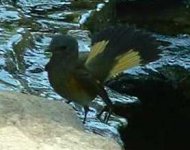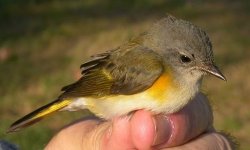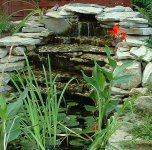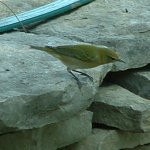Russian Wulfgar
Guest
Hello everyone!
I am new to this wonderful forum; I have been looking for something like this for awhile and I'm so glad I found it. I've attached a picture of a very small bird that's been in my backyard the past few days, but I've never seen it before and I can't find it in my bird identification book. Does anyone here know which bird this is? Thank you for your help!
I am new to this wonderful forum; I have been looking for something like this for awhile and I'm so glad I found it. I've attached a picture of a very small bird that's been in my backyard the past few days, but I've never seen it before and I can't find it in my bird identification book. Does anyone here know which bird this is? Thank you for your help!









![peekbtb[1].jpg](/data/attachments/0/291-bc8dec56f06c8e4511301880a761cd33.jpg)